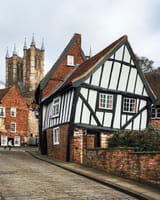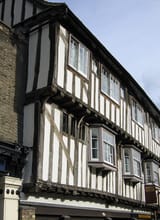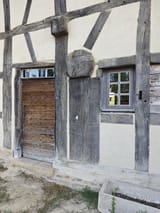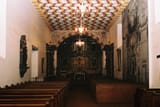Anonymous
7/8/2025, 2:01:21 AM No.2929680
span across entire banquet halls (6-12 meters) without noticeable sagging while also carrying joists between them and being expected to carry the load of people walking above?
I tried asking in 50 different "ask whatever" subreddits but that site is a hellhole where you aren't even allowed to post unless you're personally vetted by Langley, but I don't think you autists would ever let me down, so here goes nothing (if this gets removed here too for being off topic, I might as well just give up from using the internet). Here's a copypasta of what I tried posting there (can't post at first due to char limit):
I tried asking in 50 different "ask whatever" subreddits but that site is a hellhole where you aren't even allowed to post unless you're personally vetted by Langley, but I don't think you autists would ever let me down, so here goes nothing (if this gets removed here too for being off topic, I might as well just give up from using the internet). Here's a copypasta of what I tried posting there (can't post at first due to char limit):
Replies:








